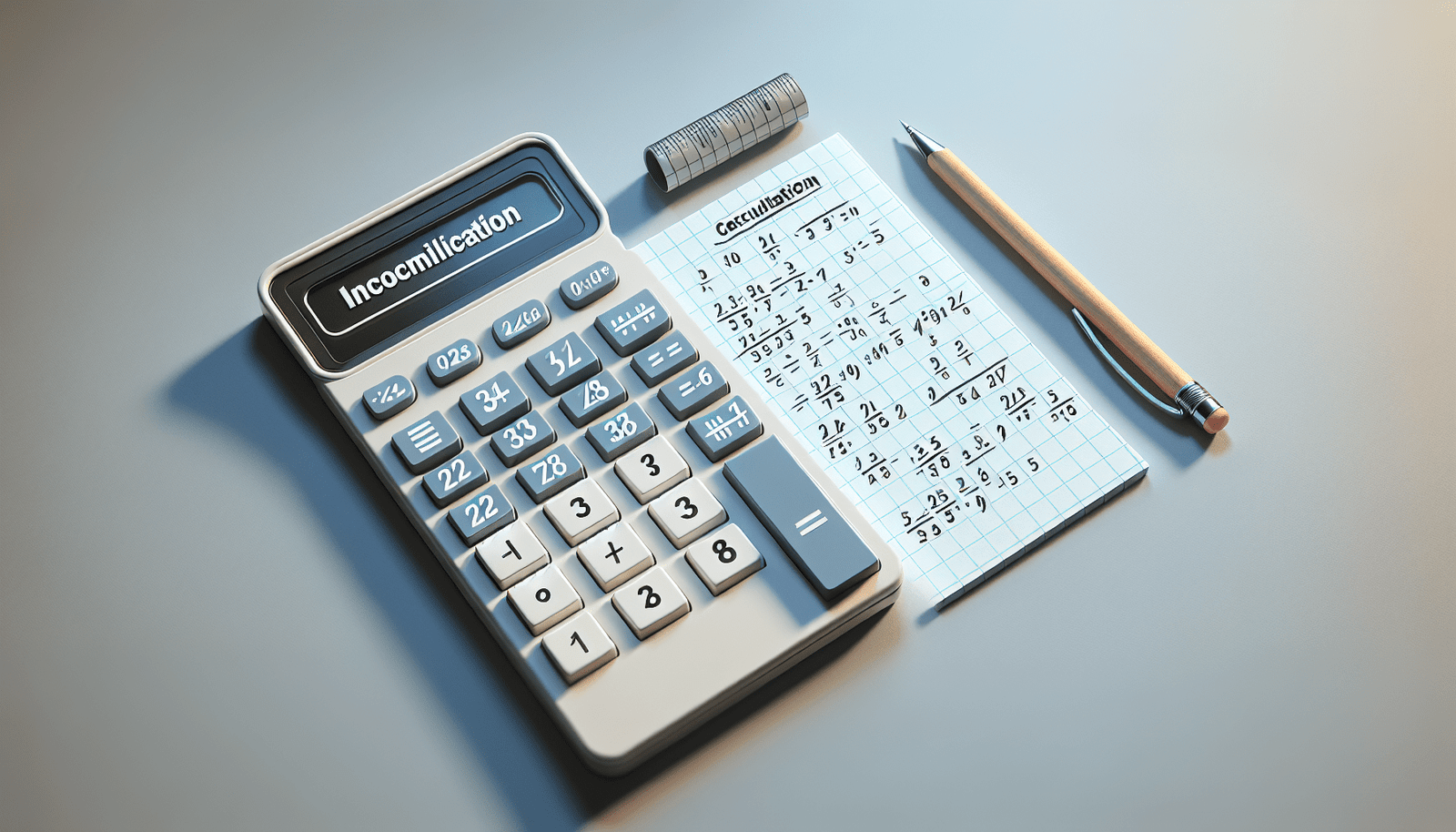Ever found yourself puzzled by converting a decimal number to a fraction? It can be quite a head-scratcher! The good news is that the Decimal to Fraction calculator is an easy tool that can make this task a breeze.
 Fraction Calculator
Fraction Calculator
Decimal to Fraction Calculator
The Decimal to Fraction calculator is an intuitive online tool that transforms decimal numbers into proper fractions or mixed numbers. Whether you’re dealing with terminating or recurring decimals, this calculator can handle it all.
Directions for Using the Fraction Calculator
To begin, simply enter the number you want to convert in its decimal form. You will need to specify how many of the trailing decimal places are recurring, which will be explained in more detail below. Once you’ve entered the requisite information, just press “Calculate”.
How to Enter the Number of Repeating Trailing Decimal Places
Repeating, or recurring, trailing decimal places are digits after the decimal point that repeat infinitely. Here’s how you can input these numbers correctly:
- Example 1: Simple Recurrence (0.333…)
- Enter
0.3in the decimal number field. - Enter
1in the field for repeating decimal places. - The result will be ( \frac ).
- Enter
- Example 2: Multiple Digits Recurring (0.454545…)
- Enter
0.45in the decimal number field. - Enter
2for the repeating decimal places (since45repeats). - The result will be ( \frac ).
- Enter
- Example 3: Complex Number with Recurrence (2.83333…)
- Enter
2.83in the decimal number field. - Enter
1for the repeating decimal places (since3repeats). - The result will be ( 2 \frac ).
- Enter
- Example 4: Longer Recurrence (0.285714285714…)
- Enter
0.285714in the decimal number field. - Enter
6for the repeating decimal places. - The result will be ( \frac ).
- Enter
The calculator accepts both positive and negative decimal numbers. Just input the decimal and the repeating decimal places, and you’ll receive the fraction or mixed number along with a detailed solution explanation.
Important Definitions
Decimal Numbers
Decimal numbers are divided into two primary categories: terminating and non-terminating.
- Terminating Decimals: These decimals have a finite number of digits after the decimal point.
- Non-Terminating Decimals: These have an infinite number of digits after the decimal point and can be either recurring or non-recurring.
Fractions and Mixed Numbers
The Decimal to Fraction calculator converts decimal numbers into fractions or mixed numbers.
- Proper Fractions: Represent numbers less than 1, with the numerator smaller than the denominator (e.g., ( \frac )).
- Improper Fractions: Represent numbers greater than or equal to 1, with the numerator greater than or equal to the denominator (e.g., ( \frac )).
- Mixed Numbers: Consist of a whole number and a proper fraction (e.g., ( 3 \frac )).
Converting Decimals to Fractions
To convert a decimal to a fraction, follow these steps:
- Rewrite the Number: Represent the decimal number as a fraction with 1 in the denominator.
- Adjust for Decimal Places: Multiply the numerator and the denominator by ( 10^n ), where ( n ) is the number of digits after the decimal point.
- Simplify: Find the greatest common factor (GCF) of the numerator and denominator, and divide both by the GCF.
- Convert Improper Fractions: If necessary, transform improper fractions into mixed numbers.
Calculation Example (Terminating Decimals)
Let’s take the decimal 0.125 and convert it to a fraction:
- Number as Fraction: ( 0.125 = \frac )
- Multiply by ( 10^3 ): ( \frac \times \frac = \frac )
- Simplify: The GCF of 125 and 1000 is 125.
- ( \frac = \frac )
So, 0.125 equals ( \frac ).
Converting Recurring Decimals to Fractions
For recurring decimals, follow these steps:
- Write the Equation: If ( x ) equals the decimal, include the repeating digits once.
- Example: ( 5.6\bar ) translates to ( x = 5.6\bar ).
- Multiply Both Sides: Multiply both sides by ( 10^n ).
- Example with ( 5.6\bar ): ( 10x = 56.1\bar )
- Subtract Equations:
- ( 10x – x = 56.1\bar – 5.6\bar )
- Result: ( 9x = 50.5 )
- Solve for ( x ):
- ( x = \frac )
- Eliminate Decimal Places: Multiply numerator and denominator to eliminate decimal places.
- Example: ( \frac = \frac )
- Simplify: Find the GCF, reduce the fraction.
- Example: GCF is 5.
- ( \frac = \frac )
- Simplify Improper Fraction:
- ( \frac = 5 \frac )
So, ( 5.6\bar ) equals ( 5 \frac ).
Related Math Calculators
For a full math toolkit, you can also utilize:
- Fraction Calculator: Converts fractions and performs fraction operations.
- Fraction to Decimal Calculator: Converts fractions back to decimals.
- Fraction to Percent Calculator: Converts fractions to a percentage.
- Decimal to Percent Calculator: Converts decimals to a percentage.
- Percent to Fraction Calculator: Converts percentages to fractions.
Closing Thoughts
Understanding how to convert decimals to fractions is a valuable skill in math. While it can seem daunting at first, tools like the Decimal to Fraction calculator make the process straightforward. Whether you’re dealing with simple or complex recurring decimals, you now have the knowledge to tackle these conversions with confidence.
Feel free to visit the Decimal to Fraction Calculator at calculator.io for any conversions you need to perform. And remember, practice makes perfect!

